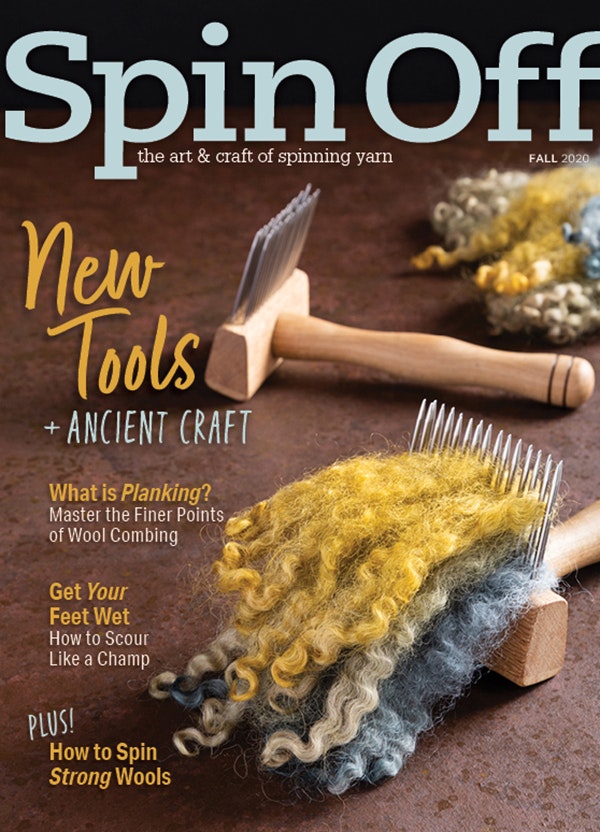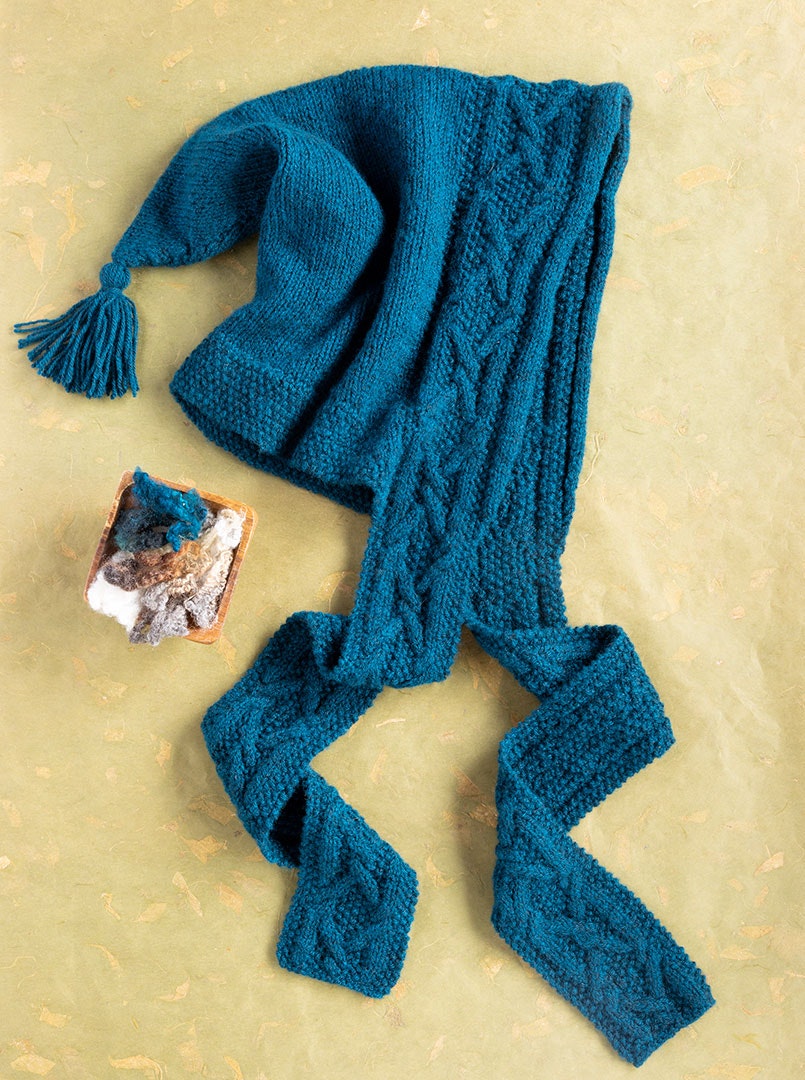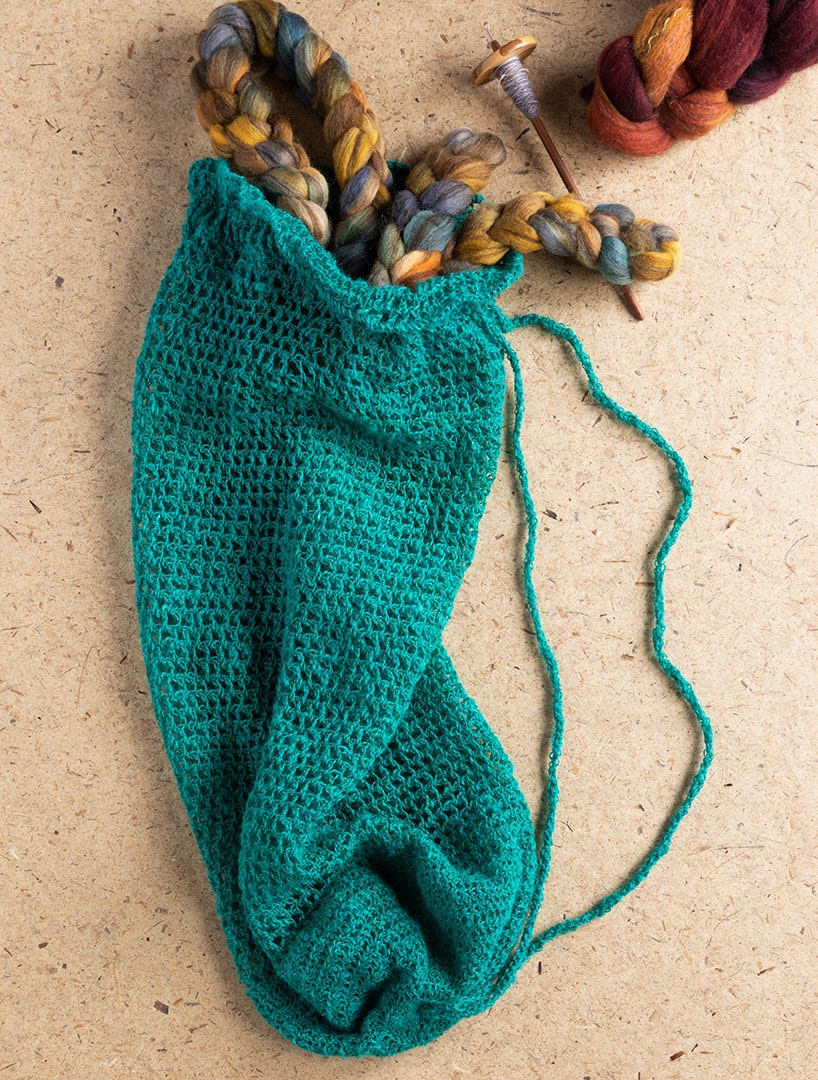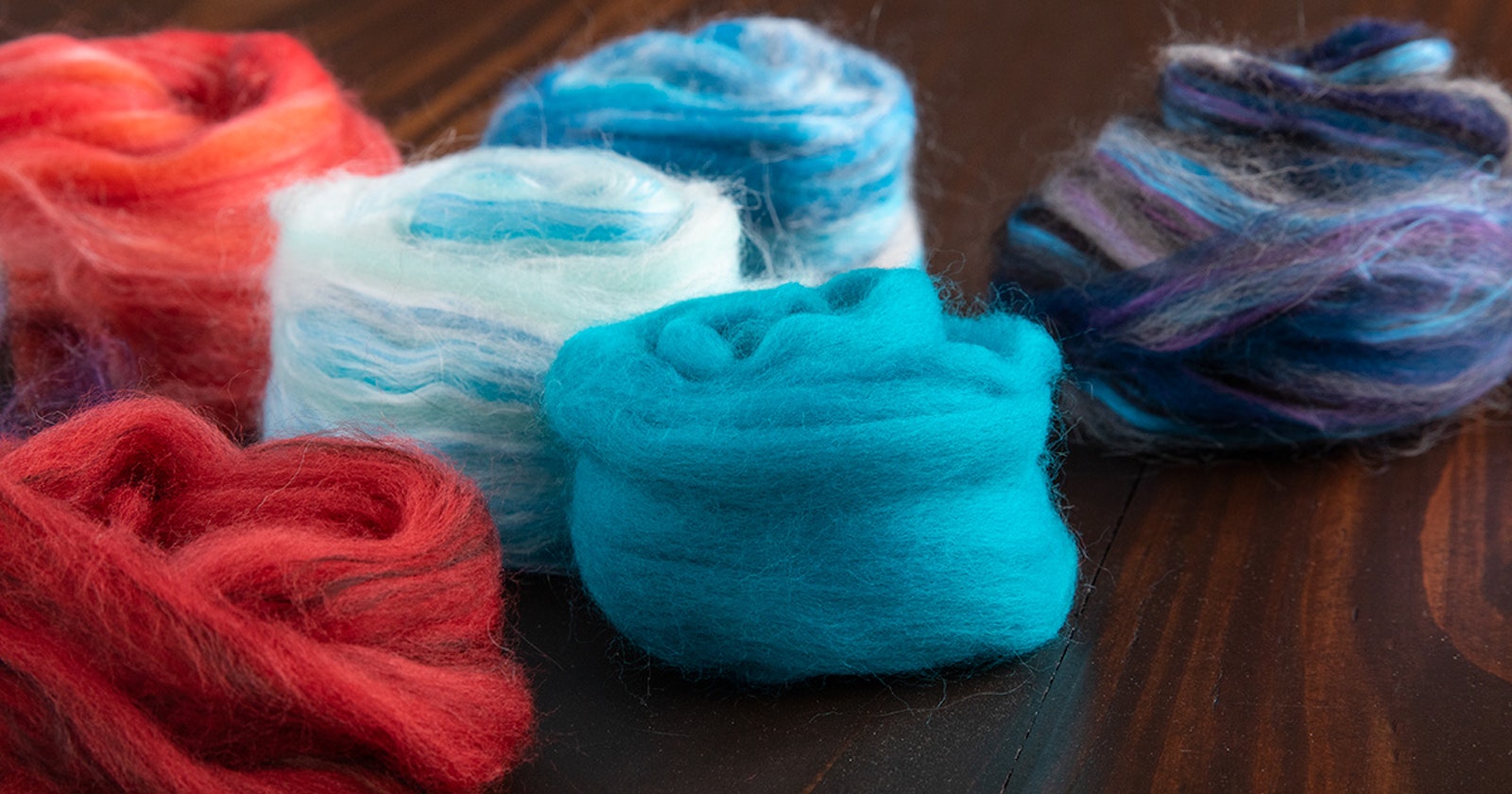When we think about new tools and the forward march of technological development, it’s easy to focus on ways the modern era brings us everything faster, better, cheaper. But spinners mix and match tools from different eras effortlessly. Imagine the common occurrence of spinning vibrantly dyed combed top (one of the fruits of the industrialized world in every way) on a handmade spindle (one of our most ancient technologies) and relishing each and every yard. To me, the most modern piece of this equation is choice. Most of us do not spin out of necessity; we have the choice to follow our creativity.

I am a spinner who loves all the tools. I might wash and comb wool from my Border Leicesters by hand, or I could send it off to a woolen mill. I might travel with a book charkha or an e-spinner. Tools large and small, expensive and accessible, abound in our community. You can make the most exquisite handspun cotton lace using a clay bead and bamboo skewer, as Melvenea Hodges did for this issue. Or, like Micki Hair, you can use a knitting machine to produce fine-gauge jersey fabric in a flash!

Stay toasty this season in a handspun hood designed by Sharon Barnes. The fiber was blended at a local mill.
Also in our Ancient Craft, New Tools Issue, Kim McKenna details the finer points of wool combing, and Emily Wohlscheid shares her favorite drumcarder accessories. In an excerpt from his book True Colors, Keith Recker highlights an ancient craft renewed: the resurgence of indigo production in Bangladesh.

Load this handspun, crocheted bag by Katrina King with spinning goodies, drop it over your shoulder, and hit the road. The strong Cotswold fiber is up to the task! From left: combed top from Jakira Farms, spindle from Greensleeves Spindles, and combed top from The Homestead Hobbyist.
We can chart our own course, balancing our interaction with tools—new and old—in ways that feed our creativity.
Wishing you peace and perfectly filled bobbins,
Kate

